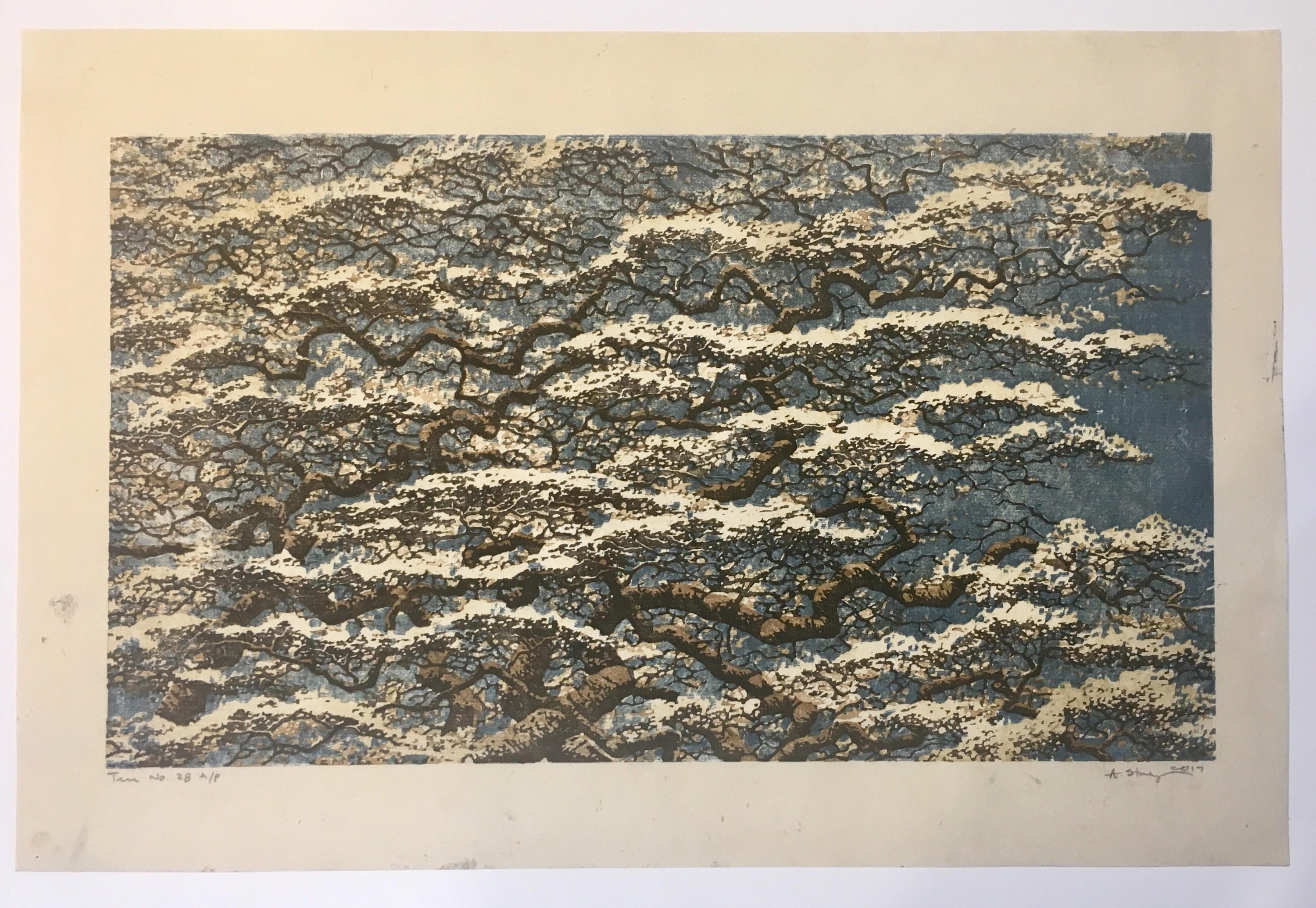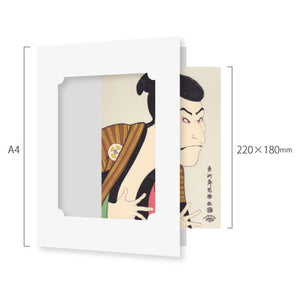

In 2001, in parallel with his own workshop, he mounted an engraving workshop at Josep Niebla’s studio, working with the latter for two years on his prints. As well as making prints and providing technical advice to artists at the workshop, he also gives regular courses in Mokuhanga and silkscreen printing techniques. In 1996, Subirós founded his own workshop, Lupusgràfic Edicions, in the city of Girona, which he still manages. The workshop specializes in the edition of artist’s books and large engravings, working with other artists such as Oteiza, Moises Villelia, Joan Barbarà or Joan Brossa. During this period, he collaborated with artists like Antoni Tàpies, Victor Mira, Emil Schumacher, Rafa Forteza, Miquel Barceló, Jaume Plensa, and Riera i Aragó. In 1986, Sebi Subirós trained in printmaking at Tristan Barbarà Workshop in Figueres (Girona), where he went on to become part of the team, working as an engraver, printmaker and advisor for artists through to 1996. Japanese printing: monochrome, colour, with shade variation.įor this workshop, no previous knowledge of printmaking techniques is needed.Types of paper and preparing them for printing.Tools: gouges, knives, barens, sharpening stones. Traditional materials, the workbench, lighting, printing table etc. Critical observation of original 19th century Ukiyo-e from Lupusgràfic Edicions’ private collection.The differences between Oriental and Western methods. At the same time, it is also one of the printmaking techniques that gives artists the most contact and control over the materials. This means that artists do not have to work with toxic materials and no major equipment is needed. No roller press or other press is needed to print the woodcuts as this can be done by hand with a baren. This technique stands out for its use of water-based inks, allowing for the creation of transparencies and shade variation. "This is an exemplary, beautiful book with an expansive viewpoint that brings together a clear explanation of the technique with a broad view of its influence, illustrated with work from a wide circle of international contemporary artists, giving its inherent beauty fresh relevance.Japanese woodcut techniques underwent their peak period from the 16th to the 19th centuries, although now they are making a big comeback in both the East and West. Claire Cuccio, PhD, President of the board of the International Mokuhanga Conference "While coalescing a mass of cross-cultural, on-site know-how and vast swaths of creative inspiration from traditionally trained artisans to dynamic contemporary artists, Japanese Woodblock Print Workshop elucidates anew the multilayered world of mokuhanga." Roberta Waddell, Retired Curator of Prints, the New York Public Library

MOKU HANGA WITH REGULAR WATERCOLORS MANUAL
"Vollmer's comprehensive guide to traditional tools and materials (including an enlightening discussion of Japanese paper), and lucid, illustrated, step-by-step instructions on all aspects of cutting a block and pulling a print make this publication a uniquely invaluable manual and guide. Artists, curators, collectors, gallerists, and Asian art enthusiasts will find this remarkable book indispensible." At once practical and inspirational, this handbook is as useful to serious printmakers and artists as it is to creative people drawn

In this comprehensive guide, artist and printmaker April Vollmer-one of the best known mokuhanga practitioners and instructors in the West-combines her deep knowledge of this historic printmaking practice with expert step-by-step instruction, guidance on materials and studio practices, and a diverse collection of prints by leading contemporary artists. An inspirational how-to course on Japanese woodblock printing's history and techniques, with guidance on materials and studio practices, step-by-step demonstrations, and examples of finished works by modern masters of the medium as well as historic pieces.Ī Modern Guide to the Ancient Art of mokuhangaĪn increasingly popular yet age-old art form, Japanese woodblock printing ( mokuhanga) is embraced for its non-toxic character, use of handmade materials, and easy integration with other printmaking techniques.


 0 kommentar(er)
0 kommentar(er)
